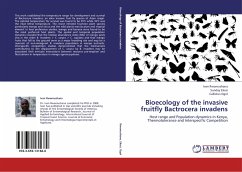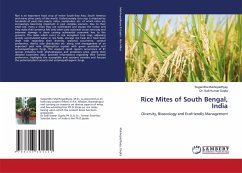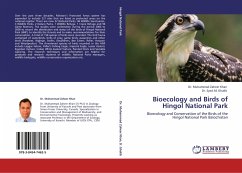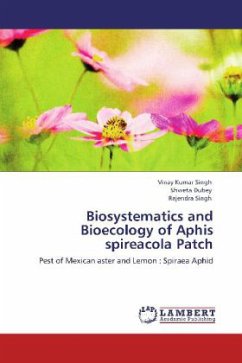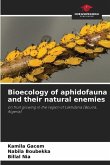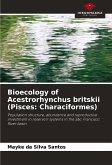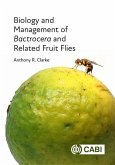This work established the temperature range for development and survival of Bactrocera invadens, an alien invasive fruit fly species of Asian origin. The optimal temperature for survival was found to be 25°C while 35°C was the most lethal temperature. The insect infested fourteen plant species particularly mango and citrus and the wild plants marula plum and tropical almond. In host preference studies, mango and banana were found to be the most preferred host plants. The spatial and temporal population dynamics revealed that the relative abundance index (RAI) of mango pests was in the order B. invadens C. cosyra C. capitata and that mango fruits that fall to the ground serve as a major breeding site and may be a reservoir of non-immigrant B. invadens population in mango orchards. Interspecific competition studies demonstrated that the mechanisms contributing to the displacement of C. cosyra by B. invadens may be associated with intricate interactions between resource pre-emption and fluctuations in temperature in mango agroecosystems.
Bitte wählen Sie Ihr Anliegen aus.
Rechnungen
Retourenschein anfordern
Bestellstatus
Storno

